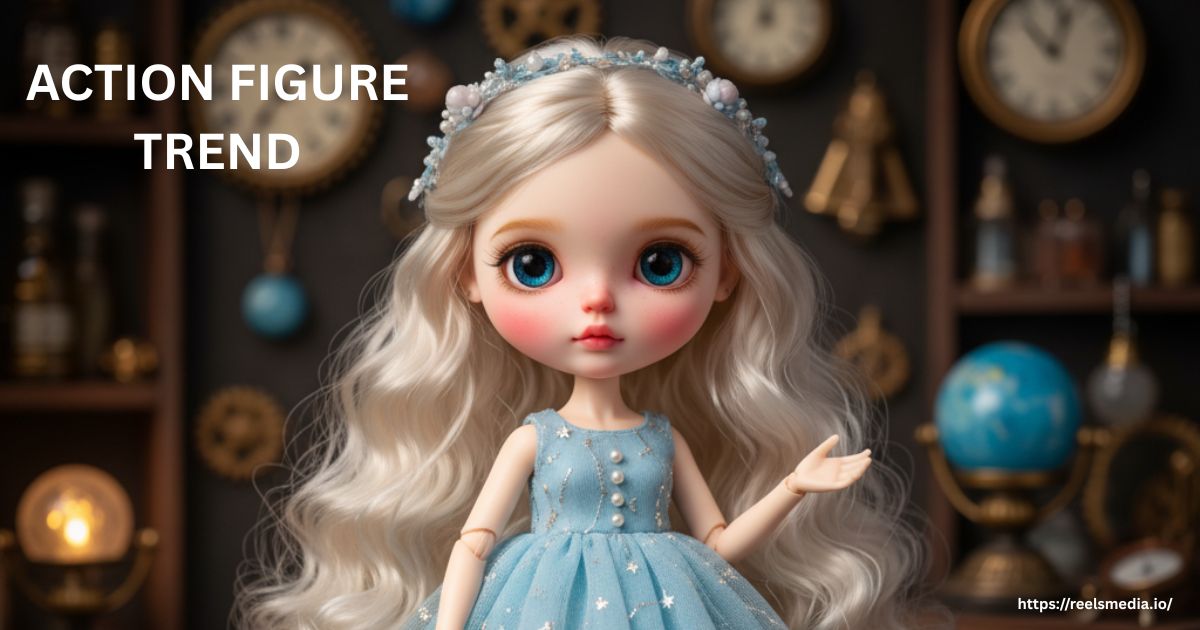Lately, the internet is buzzing with the viral action figure trend, where friends, family, influencers, and even brands share miniature versions of themselves. On Instagram, Reddit, and X, I noticed how the AI-generated toys create a fun and hyper-realistic vibe. The Nano Banana craze with ChatGPT, Copilot, and Gemini makes these collectible-style dolls look pocket-sized, and this obsession keeps showing up across social feeds.
How to Make Your Own AI-Generated Doll
When I first tried to create my own doll, I had to log in to the ChatGPT app with an email and password. I then decided to upload a full body photo because the results feel more personal when the AI has more details to work with. After writing detailed prompts about objects, items, and even a pink iPhone case, I saw how the packaging design matched my starter pack perfectly.
The account setup was simple, and the instructions I used helped me generate the right look in just a few minutes. Sometimes I had to adjust the specific accessories, but that’s part of the free experience. I’ve also played with Gemini and Copilot, and the tools let me tweak and improve the outcome whenever the create process felt incomplete.
What is the Nano Banana Trend?
The Nano Banana trend stands out because it turns ordinary photos into AI-powered figurines. Unlike other fads, this viral craze makes miniature action figures with 3D realism that look like collectible toys. On social media, I saw how the output comes in custom toy packaging, and this mix of tools from Gemini fuels the excitement across the internet.
Why is it Called Nano Banana?
The name comes from an odd mix. Nano links to a lightweight model that supports fast creation, while Banana is simply a quirky nickname. During development, Gemini gave this internal codename, and it stuck because people found it catchy and fun.
You Might Also Like: Foenegriek Miracle
What’s the Appeal of the Action Figure Trend?
The appeal of the action figure trend lies in how everyday users can customize jobs, names, clothing, and accessories to reflect their personality. I’ve seen pets, celebrities, and brands all reshaped into this playful world. The buzz on social spaces shows how imagination makes people join for fun and creativity.
Of course, the FOMO factor plays a part—people feel the urge to avoid missing out. Personally, I enjoy seeing the starter pack items because it brings out what matters most to each creator.
Concerns About the Trend
Behind the hype, there are concerns. AI depends on massive servers and data, raising energy and environment costs. Some criticism also points to copyright, culture, and misuse of personal images.
I noticed the imperfect and sometimes glitchy dolls, with odd assumptions about appearances, showing how AI still makes mistakes. The responsibility lies in balancing the fatigue of fast-moving trends with awareness of privacy and possible copyright issues.
You Might Also Like: Skinpres T
Testing the AI Doll Trend
When I tested this myself, the generate process took longer than expected. The servers were clearly busy, and the computers felt like they were working overtime. My attempts produced both realistic and cartoon-like dolls. One had the wrong eye-colour, defaulting from green to blue, while another looked much older than me.
I tried multiple times to tweak and fix the packaging and overall look. While Zoe from BBC News shared her own struggle, I also felt that the policies around content sometimes limit work. Yet, the worthier lesson is that these issues highlight the tradeoff between popularity and accuracy.
Can I Make Figurines of Celebrities or Characters?
Yes, the Nano Banana AI lets you turn celebrities, historical icons, anime heroes, and cartoon characters into figurines. On social media, I’ve seen endless mashups, and it shows how far people will go to remix familiar figures.
Beyond Figurines: Other Uses
Beyond toys, Nano Banana has led to stylized portrait edits, fantasy settings, and photo editing experiments. I even combined merged figurines into one scene with background replacement, and it gave me a new way to explore digital art.
Is It Free to Use?
Yes, the free versions of ChatGPT, Copilot, and Gemini allow you to create dolls, but there are restrictions. You’ll notice slower speeds, daily limits, and occasional cooldowns.
With premium accounts, these options expand, removing the limits and making the process smoother. I tried both, and the difference between free and premium access feels clear once you start creating frequently.
Safety & Privacy
I always remain cautious about uploading private photos. The risks of misuse are real, even though AI has filters for safety. If you use these tools, don’t share sensitive images or the faces of people without consent.
Alternatives to Nano Banana
If you want other options, you can try DALL·E through ChatGPT, Stable Diffusion, or Bing Image Creator. These alternatives offer different styles and controls for digital experiments.
FAQs
What is the action figure trend?
The action figure trend is a viral AI-powered craze where friends, celebrities, and others turn photos into toy-like action figures. Tools like Gemini, ChatGPT, and Copilot package them into pocket-sized dolls with playful packaging.
How does it work?
You upload a photo, write instructions, and give prompts about names, job title, style, or accessories. The AI will generate a design to match the look of the dolls.
Is it free?
Yes, it’s free with restrictions such as slower speeds, daily limits, and cooldowns. With premium accounts, you unlock more options and remove many of these barriers.
Why is it called Nano Banana?
The Nano part comes from a lightweight model, and Banana was an internal nickname or codename chosen by Google and Gemini during development.
Are there concerns with the trend?
Yes, concerns include privacy, environment costs, imperfect issues, copyright, and assumptions made by the AI. Some people feel fatigue from repeated misuse or inaccuracies.
